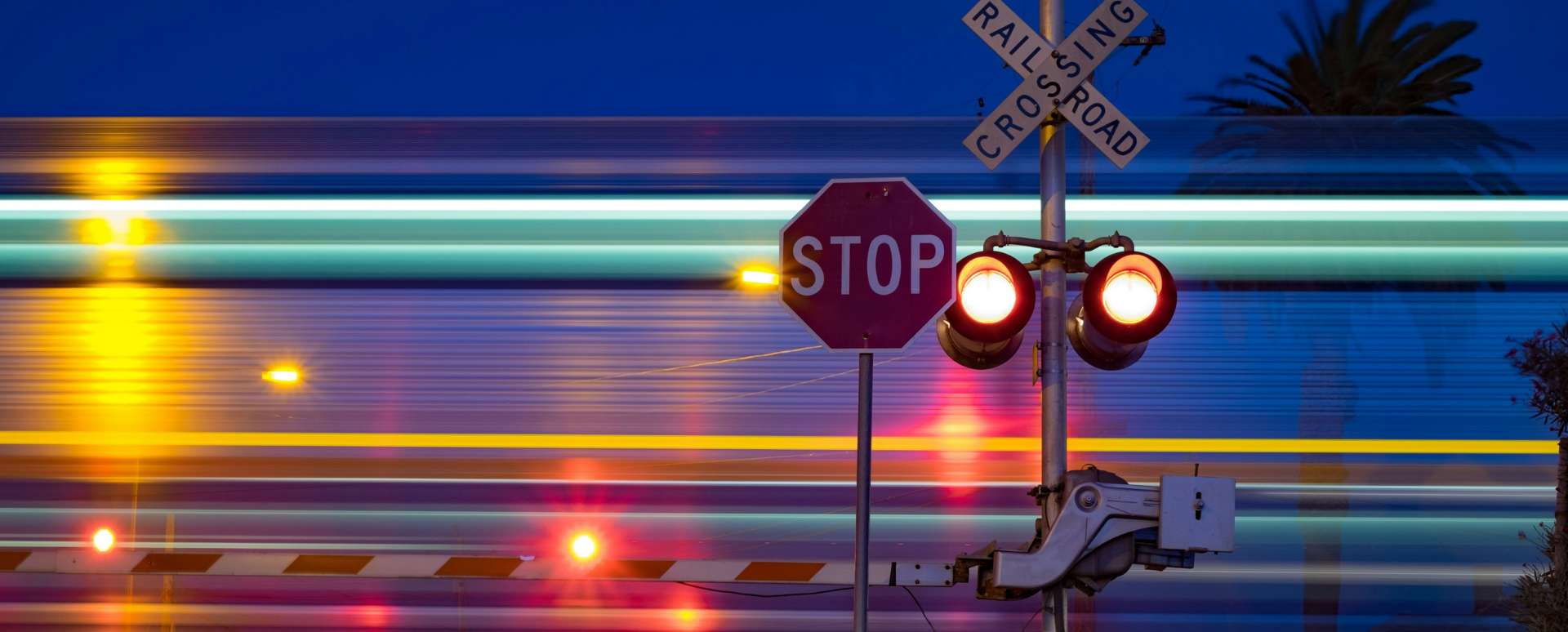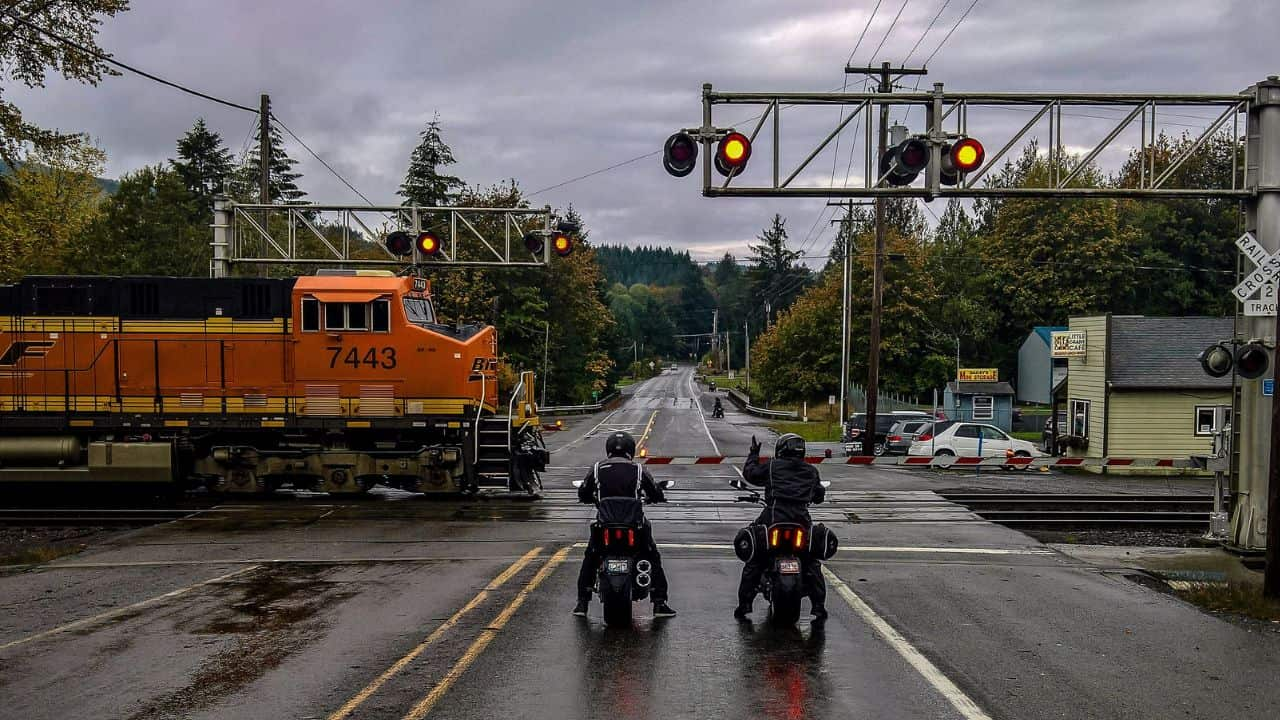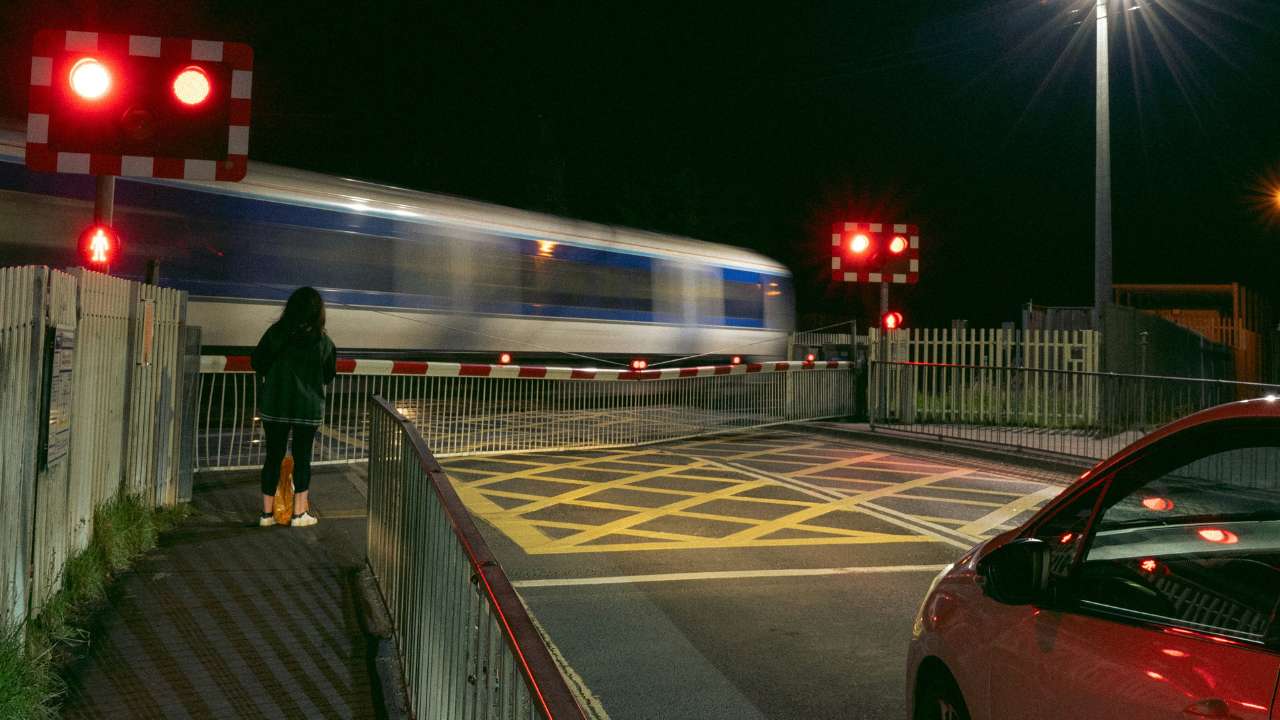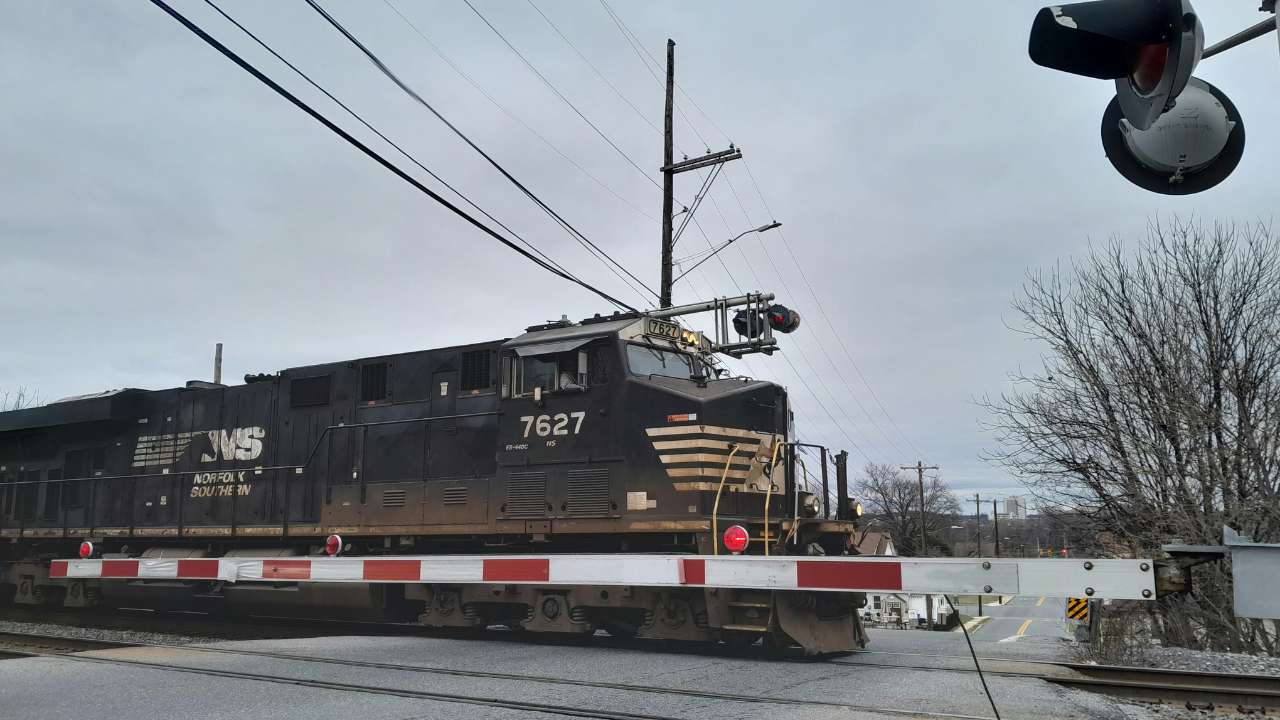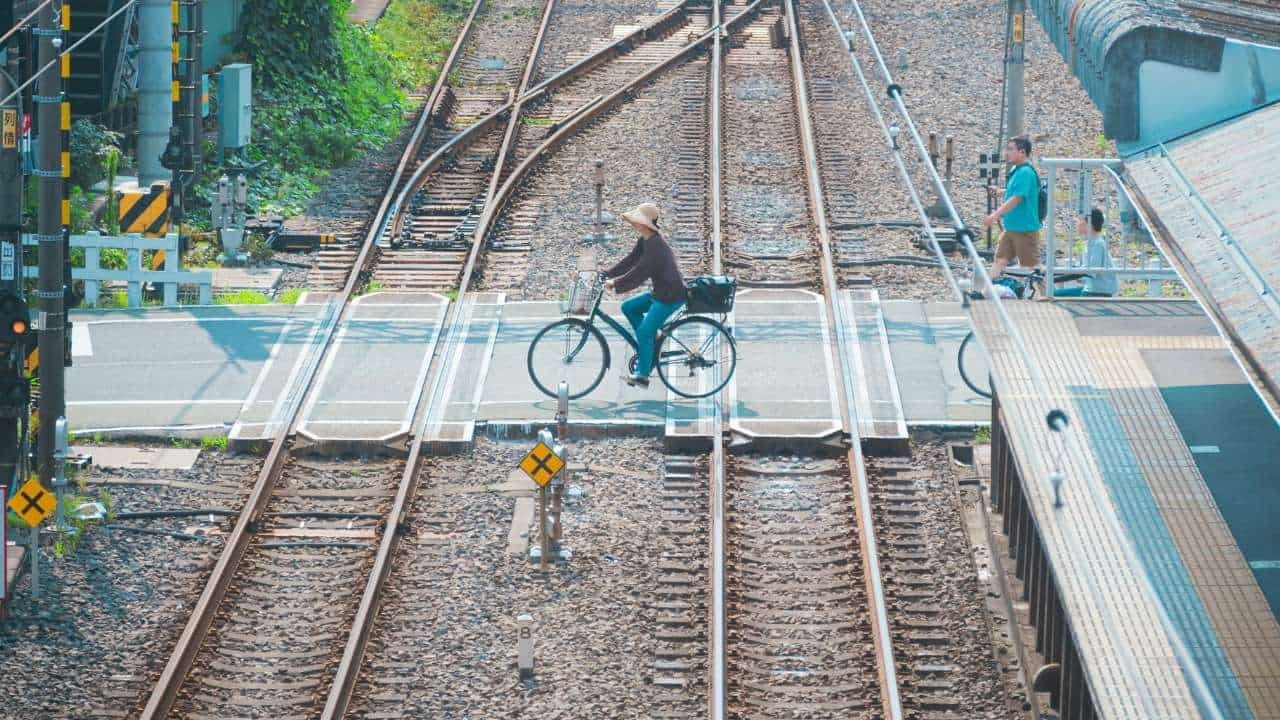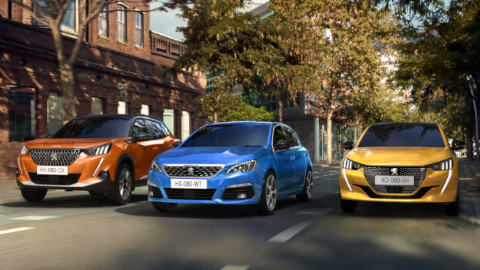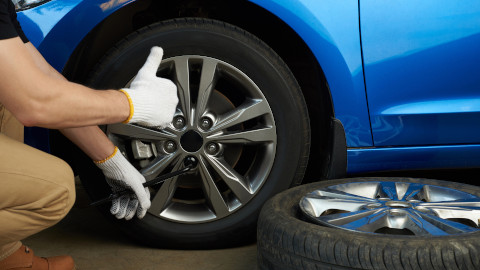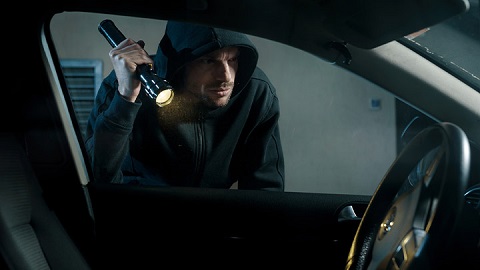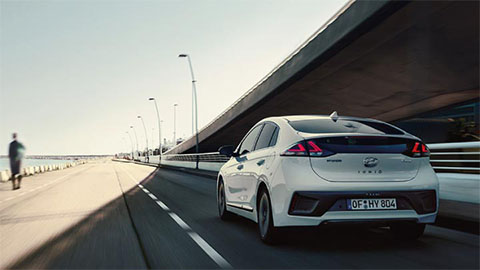What are level crossings, and how do they work?
Level crossings are where the railway crosses the road. If you’re a driver in the UK, it’s likely that you’ll come across a level crossing at some point.
Learning to identify the different types of level crossings and what you, as a driver or pedestrian, should pay attention to when coming across one is crucial to avoid fatal accidents. This article will explore the types of level crossings and how they work.
- Types of level crossings
- How do level crossings work?
- How do I know if there’s a second train coming?
- What should you do if you break down on the track?
Types of level crossings
There are currently three types of level crossings in the UK. They should all be taken seriously, and you should never assume there’s enough time to ignore the signs and race against the train.
Warning Lights
The majority of level crossings are equipped with amber and red warning lights. Those should never be ignored. You must come to a full stop when an amber light comes on. If your vehicle has crossed the stop line when the lights come on, you should finish crossing the tracks as quickly as safety allows.
Make sure you’re not beyond the stop line (on either side of the track) when a pair of flashing red lights come on.
Stay stationary until the amber and red lights stop flashing. Some crossings will have a similar set-up as traffic lights, with amber, red and green lights. In this situation, stay stationary until the amber and red lights stop flashing, and only go ahead when the green light comes on.
Barriers
There are two types of barriers used to prevent cars from approaching the tracks: Double lane and single lane barriers.
The double lane barriers will block the entire width of the road, stopping any cars from crossing the tracks. Wait until the barrier is fully raised on both sides of the track before crossing.
The single lane barrier only blocks the lane cars are driving into. This means that the lane going the opposite direction will be open. In this case, you should follow the same advice as the double lane barrier. Remain stationary until the barriers on both sides of the track are fully raised.
Don’t try to go ahead and zigzag to the other side. By doing that, you could put the passengers (on the train and in the car) at risk.
Some crossings may have manually operated barriers. They should also be equipped with red and green lights that indicate if it’s safe for you to cross or not.
In this situation, you should make sure it’s completely safe before you get out of the car and open the gates, on both sides of the track manually. Drive through the trackway, stop the vehicle, get out of the car and close both barriers after you’ve crossed them.
Road Markings
Most level crossings have a white stop line. You must stop your vehicle before the line, if you see or hear an approaching train, or if there are flashing warning lights or barriers blocking the passage.
Some level crossings were painted with a yellow box to emphasise the importance of keeping the trackway clear before driving across.
Remain stationary until it’s safe to cross.
How do level crossings work?
It’s not uncommon for people to wonder how level crossings work, especially if they come across one in the middle of nowhere with no operating cabin to be seen.
Most railways operate with automated sensors in the tracks. This means, that the sensors get activated when a certain amount of pressure/weight is put on them, and with that cue, the lights and barriers indicate it’s not safe to drive through the trackway.
How do I know if there’s a second train coming?
Unlike some modern bus stops, there are no electronic signs to let you know how many trains are coming and when they’re coming. With that in mind, stay stationary until the amber and red lights stop flashing, or the barriers are fully raised.
Don’t assume it’s safe to cross the trackway just because you saw the train passing. There could be more than one, so don’t go ahead until you can see, hear and have the lights telling you it’s safe to do so.
What should you do if you break down on the track?
In case you break down on the track or have an accident, the first thing you should do is getting out of the car and removing everyone onboard, including pets. Clear out of the track, and check if there’s a railway phone close by. If there isn’t, use your mobile phone to contact the authorities and let them know what happened and give them your location.
If there’s enough time (and if possible), try and push the vehicle out of the tracks. This could be tricky, and you should only perform this action if there's enough time to do it safely.
Learn more about driving in the UK with Evans Halshaw
Whether you’re learning how to drive or just refreshing your memory, it’s important to pay attention to the tips in this guide in order to avoid accidents that could cause casualties.
If you’d like to read more about driving in the UK, access our recently updated blog. There will find driving tips, car comparisons and maintenance advice.

